#Siemens
Explore tagged Tumblr posts
Text


#liminal#weirdcore#nopostprocessing#curfew#after hours#shaky#grainy#voidcore#kyiv#lofi#outsider#siemens
381 notes
·
View notes
Text

Siemens HiFi 1989
#siemens#vintage hifi#audio stereo#80s tech#vintage tech#stereo#cassette#cd player#equalizer#turntable#germany#1980s#80's tech#80's
2K notes
·
View notes
Text


Siemens ME45 (2001)
#siemens#old phones#techcore#old tech#y2k#2000s#y2k aesthetic#early 2000s#2001#y2k tech#y2kcore#frutiger aero#colorful tech#old technology#2000s tech#2000s nostalgia#2000s aesthetic#00s#early 00s#00s aesthetic
886 notes
·
View notes
Text


Siemens S55 (2002)
#2002#2000s#02#00s#cellphone#cell phone#cybercore#cyber y2k#design#electronic#future#futuristic#futurism#gadgets#kaybug#mobile.#old phone#old phography#old photo#photography#siemens#siemens s55#tech#technology#y2kcore#y2kore#y2k aesthetic#y2k blog#y2k core#y2k cyber
366 notes
·
View notes
Text


Long time no see. Got a new train :3
229 notes
·
View notes
Text
https://palestineaction.org/donate/
https://www.gofundme.com/f/emergency-medical-relief-for-gaza-via-gmt
https://www.paypal.com/ncp/payment/DJ3TD8NRTLZWW
https://chuffed.org/project/115245-dahnoun-mutual-aid
https://chuffed.org/project/118970-mawasi-al-qarara-mutual-aid-project
https://chuffed.org/project/help-us-deliver-vital-aid-to-gaza-families-in-need
https://gaza-city.ensany.com/campaign/6737
http://mogaza.org/campaign/2
Donate to direct action and gaza municipality and watch your money go to the best cause - if we can be anything we should be efficient. The most effective money you can give is to direct action, to group movements to protect our insurgents from adventurism, to Gazan medical tent for emergency medical relief, to providing food for Gaza through grassroots campaigns and to Gaza municipality for their infrastructure. These crucial resources for maintaining life remain underfunded. Support BDS however you can against Carrefour, HP, Puma and Siemens.
#palestine#palestine aid#palestine support#anticolonial struggle#anticolonial#communism#palestinian aid#direct aid#direct action#anticolonial aid#anticolonial action#carrefour#puma#bds#siemens#boycott#boycott divest sanction
194 notes
·
View notes
Text

service operations vessel
85 notes
·
View notes
Text
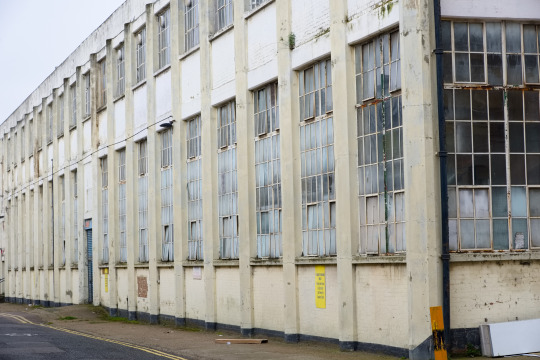
More Siemens Brothers former wire factory, Charlton
#London#Charlton#factory#works#industry#industrial#industrial photography#wire#siemens#urban photography#urban#england#uk
71 notes
·
View notes
Text
WHY DOES ISRAEL WANT TO DESTROY GAZA?
2008 - 2009: Gaza massacres.
2012: Gaza massacre.
2014: Gaza massacre.
2018 - 2019: Gaza massacre.
2021: Gaza massacre.
2023 - Ongoing: Gaza massacre.


Chevron also supports Israel’s lobbying effortsfor the construction of the Eastmed Pipeline, a massive, EU sponsored fossil fuel infrastructure project that would exacerbate the climate crisis and whose feasibility is widely contested.
EastMed is a mega pipeline that would carry fossil gas from the disputed waters of the Levantine Basin (Cyprus, Israel and potentially Palestine) to Italy.
It would be one of Europe’s longest pipelines, and, reportedly, the world’s deepest.
The Israeli government is one of the most enthusiastic proponents of the EastMed pipeline, as it would secure a European export market for Israeli gas reserves.
The EastMed continues from Israel to Cyprus, where important offshore gas reserves are located.
Siemens was awarded the contract for building the EuroAsia Interconnector, a subsea cable that will link Israel’s electricity grid with Europe’s, allowing its illegal settlements on stolen Palestinian (and Syrian) land to benefit from Israel-EU trade of electricity produced from fossil gas.
The Biden administration has been working to give Israel over $14 billion to buy more weapons. This is on top of the $3.8 billion the U.S. already gives to the Israeli military annually. Israel is required to use this money to buy U.S.-made weapons.
This is a form of corporate welfare not only for the largest weapons manufacturers, like Lockheed Martin, RTX (Raytheon), Boeing, and General Dynamics, which have seen their stock prices skyrocket, but also for companies that are not typically seen as part of the weapons industry, such as Caterpillar, Ford, and Toyota.
As Israel intensifies its Gaza onslaught, focus turns to the controversial Ben Gurion Canal Project, originally proposed in the 1960s as an alternative to the Suez Canal.
Named after Israel's founding father, David Ben-Gurion, the project, conceived in the late 1960s, sought to create an alternative route to the Suez Canal, the primary shipping route connecting Europe and Asia.
Understanding the motivations behind the proposal requires exploring the complex history of the Suez Canal, the Tripartite Aggression of 1956, and the unexpected shocks to world trade resulting from its closures.
This backdrop underscores the potential strategic importance of an alternative canal, controlled by Israel, in the ever-evolving dynamics of the region.
David Ben-Gurion (1886–1973) was a prominent Zionist leader from Poland, who was known as the founding father of Israel.
He was described as a ruthless man who gave orders to Zionist militias to see the mass expulsion of Palestinians from their lands and facilitated the influx of Jewish immigrants from all over the world into Palestine. He served as the first prime minister of Israel in 1948.
The Ben Gurion Canal project was a proposal in the 1960s by Israel to connect the Red Sea to the Mediterranean Sea through the southern end of the Gulf of Aqaba. The route was planned via the port city of Eilat and the Jordanian border, through the Arabah Valley for about 100 kilometres between the Negev (Naqab) Mountains and the Jordanian Highlands and veered west before the Dead Sea basin, and heading through a valley in the Negev Mountain (Naqab) Range.
It would then head north again to circumvent the Gaza Strip and connect to the Mediterranean Sea.
However, a connection between the Red Sea and the Mediterranean Sea already exists through the Suez Canal - an artificial sea-level waterway in Egypt that offers vessels a direct route between the North Atlantic and the northern Indian oceans, reducing journey distance and time.
The Suez Canal provides the shortest sea route between Asia and Europe and currently handles roughly 12 percent of the world's trade.
Timeline of the Suez Canal
1858 – French Suez Canal Company formed to build the canal with 99-year lease
1868 – Suez Canal opens
1875 - The Suez Canal Company comes under French-British ownership after the UK buy 44% shares
1888 - Constantinople International Convention guarantees free use of the canal
1956 - Egyptian President Gamal Abdel Nasser nationalises the Suez Canal Company
1956 – The Suez Crisis results in closing the canal after the Tripartite Aggression
1957 – The Suez Canal reopens
1961 – The Nasser Project begins, allowing for the transit of bigger ships
1967 – Egypt closes access to Suez Canal after the start of the Six-Day War with Israel
1975 – Egyptian President Anwar El-Sadat reopens Suez Canal
The Constantinople International Convention - signed in 1888 by the great European powers of the era - once guaranteed a right of passage via the Suez Canal to all ships during times of war and peace.
However, after the Suez Canal was nationalised in 1956 by then-Egyptian President Gamal Abdel Nasser, Egypt closed off access to the canal on several occasions following the establishment of Israel in 1948 and the violent displacement of Palestinians, also known as the Nakba.
Egypt blocked Israeli vessels from accessing the canal from 1948 until 1950, affecting its ability to trade with East Africa and Asia, and hampering its ability to import oil from the Gulf region.
Access to the Suez Canal was closed to all international shipping in 1956, following the Tripartite Aggression against Egypt, which involved an alliance between Israel, the UK and France who sought to regain control of the Suez Canal and remove Nasser from power.
The canal was effectively closed during the conflict, and the situation escalated into a crisis with international and economic ramifications.
The Suez Canal was also closed for a staggering eight-year period in 1967, at the beginning of the Six-Day War, also known as the Arab–Israeli War, which was fought between Israel and a coalition of Arab states (primarily Egypt, Syria, and Jordan).
When all land trade routes were blocked by Arab states, Israel's ability to trade with East Africa and Asia, mainly to import oil from the Persian Gulf, was also severely hampered.
The closure of the canal was also a significant and unexpected shock to world trade and disrupted global commerce.
An alternative to the Suez Canal, especially one under the authority of key Western ally Israel, would eliminate the potential use of the Suez Canal and the Straits of Tiran as leverage by Egypt against Israel or its allies.
The Suez Canal has been critical in driving Egypt’s economy forward. It earns revenues through tolls and transit fees collected from vessels that pass through the canal.
In 2021, some 20,649 vessels flowed through the Suez Canal - an increase of 10 percent over 2020. In 2022, annual revenue stood at $8 billion in transit fees. The Suez Canal set a new record with an annual revenue of $9.4 billion for the fiscal year that ended 30 June 2023.
The Ben Gurion Canal, if constructed, would rival the Suez Canal and cause a major financial threat to Egypt.
If it goes ahead, it would be almost one-third longer than the current 193.3km Suez Canal, and whoever controls it will have enormous influence over the global supply routes for oil, grain, and shipping.
The US had once proposed to use some 520 nuclear bombs on the Negev Desert (Naqab) to help create the canal. With Gaza razed to the ground, there have been alleged plans to literally cut corners and reduce costs by diverting the canal straight through the middle of the Palestinian enclave. However, the presence of Palestinians there would remain an obstacle.
Since Israel launched its onslaught on the besieged enclave, it has pushed Palestinians to move south by relentlessly bombing northern Gaza before carrying out a ground invasion weeks later. At least 400,000 Palestinians have been displaced from the north to the south, according to statistics from the Palestinian Central Bureau of Statistics (PCBS).
Some 800,000 Palestinians remained in areas considered "north" - namely past north of Wadi Gaza. Israel's indiscriminate bombing campaign, which has mostly targeted the north - has killed at least 200,000 people in Gaza - mostly civilians, including women and children.
The official death toll was not updated for days back in November 2023 due to Israel's targeting of the largest hospital in Gaza, Al-Shifa, which was a centre for collecting data on deaths and the wounded.
Israel denies it has plans to annex the Gaza Strip but it had called for the "voluntary migration" of Palestinians in Gaza amid accusations that it was "ethnically cleansing" the enclave.
VOLUNTARY?????…
#free palestine#all eyes on palestine#palestine genocide#free gaza#gaza strip#gaza#gaza genocide#gazaunderattack#ben gurion#chevron#siemens#boeing#raytheon#rtx#lockheed martin#war machine#lebanon#canal#anti capitalism#social justice#corporatism#anti capitalist#zionsim is terrorism#anti zionisim
22 notes
·
View notes
Text

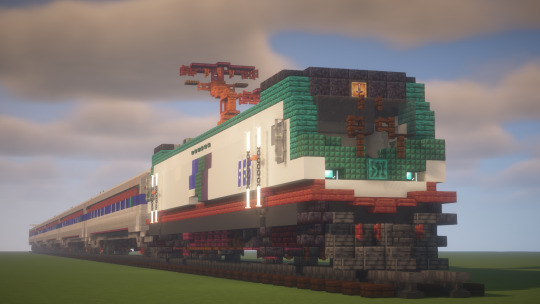
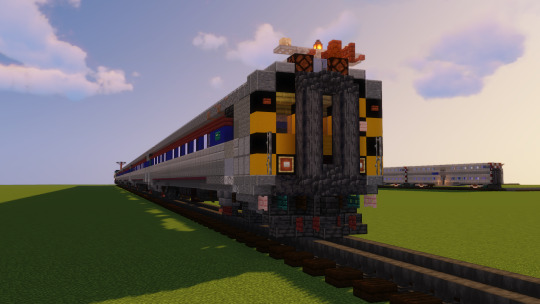
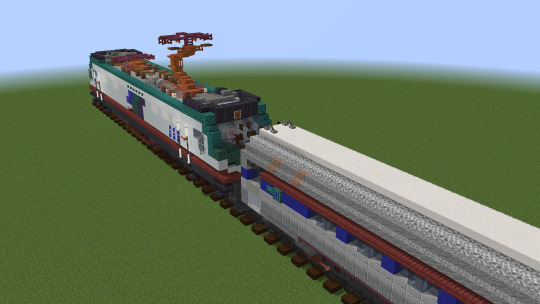

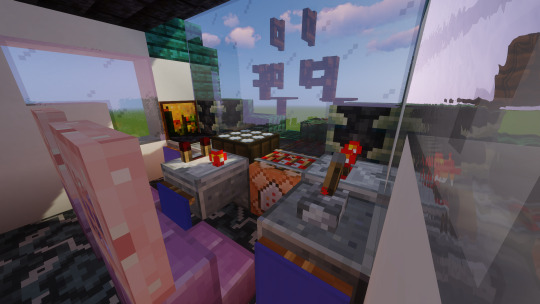
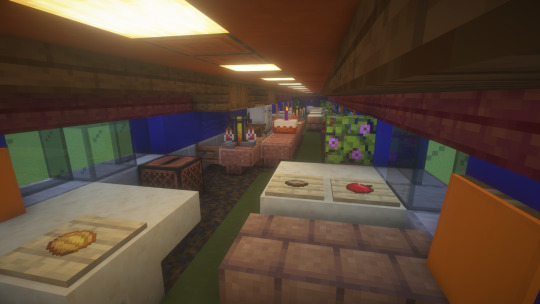

TTTT 3: Amtrak's Siemens ACS-64, commonly seen pulling (or pushing) the Northeast Regional between Boston and Washington DC!
315 notes
·
View notes
Text



#dreamcore#gonzo photography#siemens#lofi#color shifting#nopostprocessing#mobilography#suburbs#kyiv#lo fi photography#shaky#outsider#gonzo#low_DR#astigmatism
91 notes
·
View notes
Text

Siemens 81/82
#vintage hifi#siemens#audio stereo#stereo setup#80's#80's tech#1980s#cassette#vintage tech#80s tech#hifi#80s
147 notes
·
View notes
Text
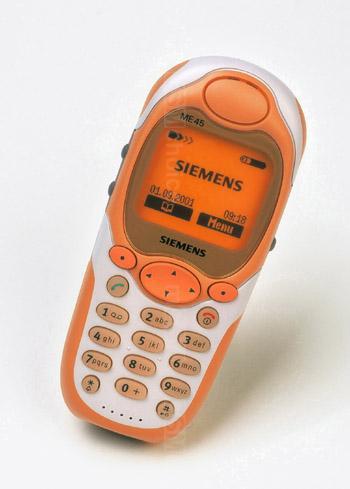
Siemens ME45 (2001)
#siemens#old phones#colorful tech#old tech#retro tech#y2k#2000s#early 2000s#2001#2000s tech#y2k aesthetic#y2k tech#y2kcore#frutiger aero#old phone
158 notes
·
View notes
Text
21 notes
·
View notes
Photo

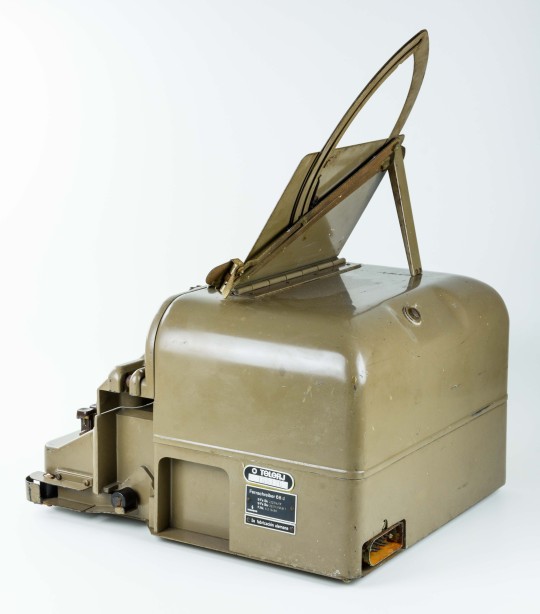
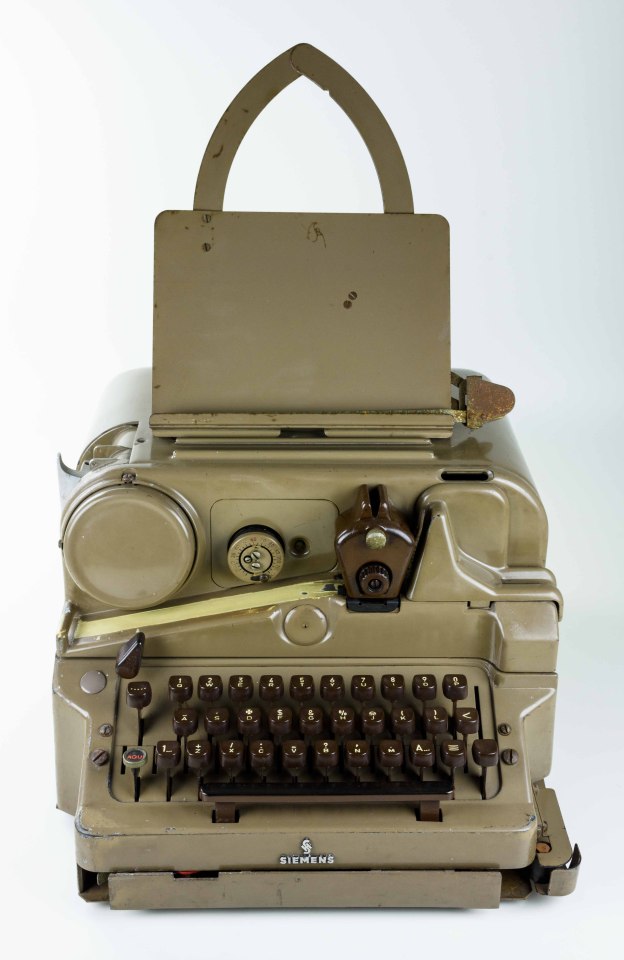
Siemens T-68D // Telex Machine (Germany, 1956)
798 notes
·
View notes
